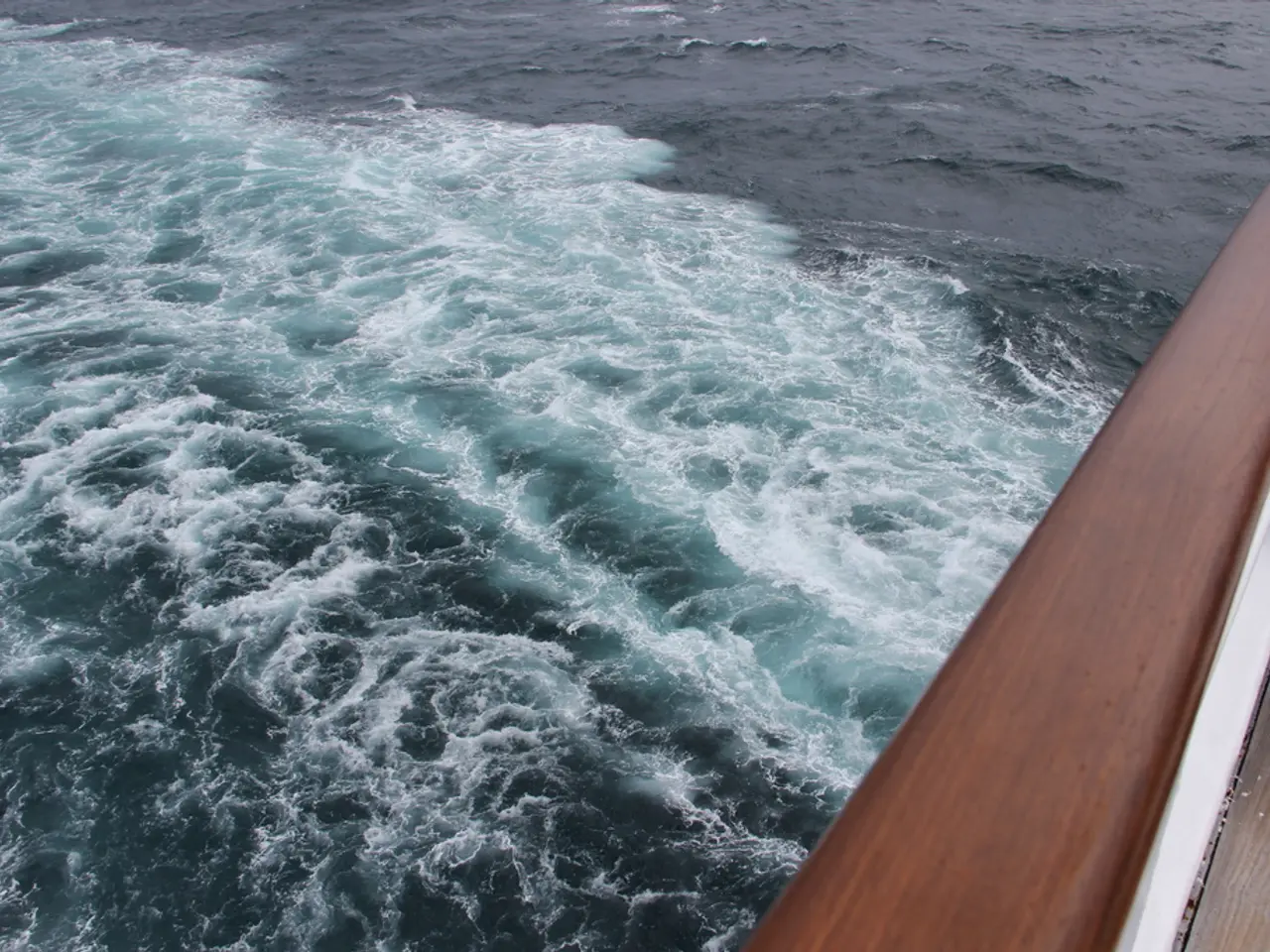Tropical Storm, initial Atlantic hurricane of the year, poses a potential hazard to the Caribbean region.
Hurricane Erin Threatens Caribbean Islands and U.S. Territories
Hurricane Erin, the first of the Atlantic season, is currently moving westwards and approaching several Caribbean islands, posing potential threats of heavy rain, strong winds, storm surge, and dangerous marine conditions.
As of the current report, Hurricane Erin is located approximately 750 kilometers northeast of the Lesser Antilles. The islands expected to be approached by Erin over the windward side include Anguilla, Antigua and Barbuda, and St. Kitts and Nevis. The NHC has advised Puerto Rico, the U.S. Virgin Islands, and the British Virgin Islands to monitor the development of Erin.
The hurricane season officially lasts until November 30 in both the Atlantic and Pacific regions. In the Atlantic, the season begins on June 1, while in the Pacific, it begins on May 15.
Tropical cyclones form over warm ocean water, and Hurricane Erin is no exception. As the storm moves closer to the islands, it is expected to intensify into a major hurricane over the weekend. The sustained wind speeds of Erin are currently up to 120 kilometers per hour.
The potential impacts and necessary precautions for Anguilla, Antigua and Barbuda, St. Kitts and Nevis, Puerto Rico, U.S. Virgin Islands, and British Virgin Islands are as follows:
Potential Impacts
- Heavy Rainfall: Erin's passage could bring heavy rain to several islands, potentially leading to flash flooding and landslides.
- Strong Winds: The storm could produce strong winds, which could cause damage to buildings and infrastructure, especially if the storm passes close enough to the islands.
- Storm Surge: A storm surge could threaten coastal areas with flooding, especially during high tide.
- Rip Currents and Rough Seas: The storm's strong winds and high waves could lead to dangerous marine conditions, posing risks for swimmers and sailors.
Precautions
- Monitor Weather Updates: Regularly check local weather reports and updates from national meteorological services for the latest storm tracks and forecasts.
- Prepare Emergency Kits: Ensure each household has a supply of food, water, flashlights, batteries, first aid kits, and essential medications.
- Secure Outdoor Items: Secure outdoor furniture, trash cans, and any other items that could become projectiles in strong winds.
- Stay Indoors: Avoid traveling and stay indoors during the storm to minimize risks from strong winds and flooding.
- Follow Evacuation Orders: If ordered to evacuate, do so promptly to avoid being caught in the storm's path.
- Stay Informed About Storm Surge: Be aware of potential storm surge flooding and move to higher ground if necessary.
- Aviation and Maritime Precautions: Avoid flying and sailing during the storm, as conditions can be hazardous.
Being prepared and following local instructions can help mitigate these impacts. While Hurricane Erin did not make landfall on these islands, it still poses significant threats due to its strong winds and heavy rainfall.
Stay tuned for updates on the progress of Hurricane Erin and its potential impacts on the Caribbean islands and U.S. territories.
The meteorological data indicates that Hurricane Erin, a significant tropical cyclone, is advancing towards environmental-science arenas, given its influence on the climate-change processes with its predicted intensification into a major hurricane. In tangent with this, various islands, including Anguilla, Antigua and Barbuda, St. Kitts and Nevis, as well as Puerto Rico, U.S. Virgin Islands, and British Virgin Islands, are expected to face potential weather impacts from heavy rainfall, strong winds, storm surge, and dangerous marine conditions as a result of the storm's weather patterns.








